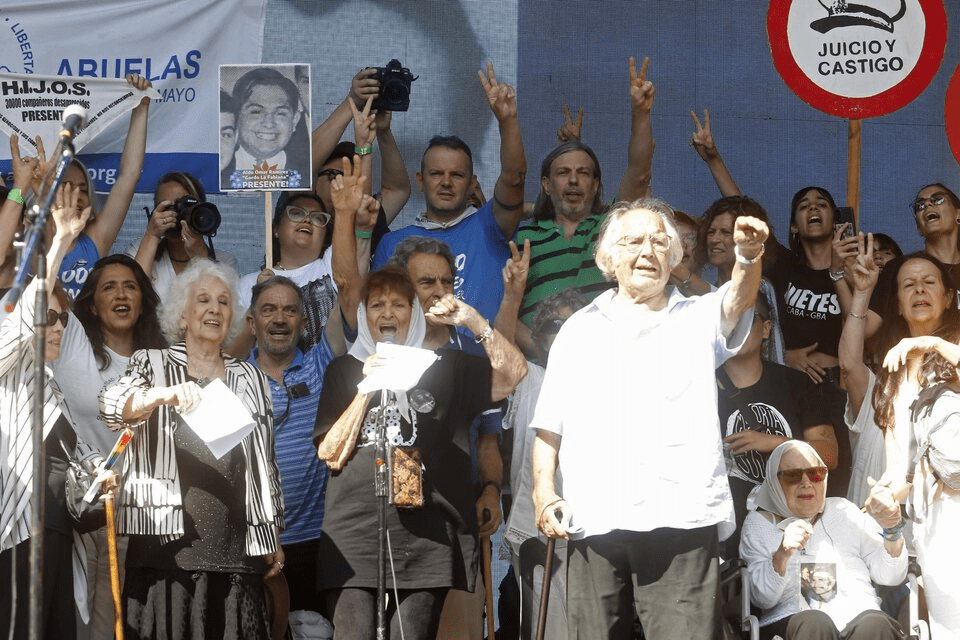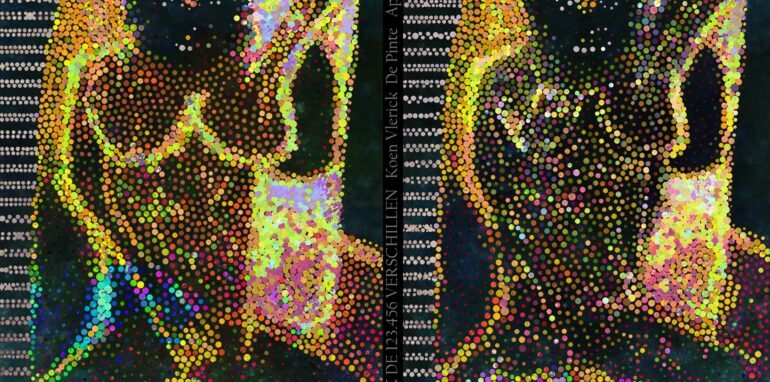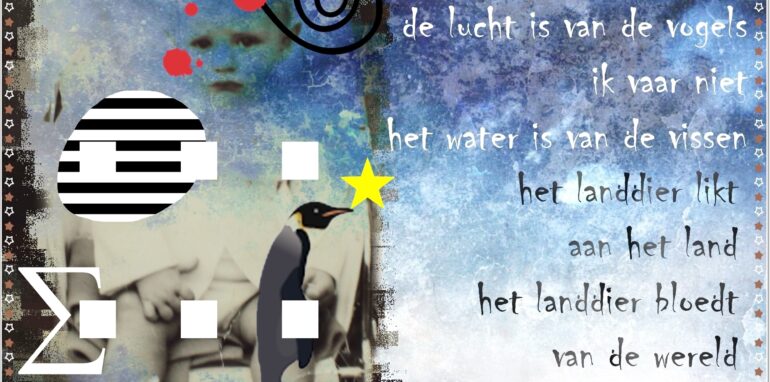2-de uittreksel uit de visionaire “strong opinions” van T.E. Lawrence of Arabia over het gedroomde kalifaat voor de Arabische volkeren en over zijn ontwikkeling van het concept van de guerrilla oorlog. Die werd voor het eerst in de geschiedenis gevoerd tegen de Ottomaanse Turken, in een oorlog die bestond uit “klappen toedienen”, prikjes, met als centraal hulpmiddel en onmisbare compagnon de route de kameel, dat wonderbare schip van de woestijn. Lawrence is tijdens zijn inzet als soldaat in het Arabische Schiereiland (1917-1919) een keer of twee in de mogelijkheid gesteld de allerbeste, legendarische kameel van die tijd te kopen, en hij maakte er zoals bekend op formidabele manier gebruik van. (870 woorden Engels).
A second buttress of a polity of Arab motive [for the resurrection war] was the dim glory of the early Khalifate, whose memory endured amongt he people through centuries of Turkish misgovernment. The accident that these traditions savoured rather of the Arabian Nights than of sheer history maintained the Arab rank and file in their conviction that their past was more splendid than the present of the Ottoman Turk.
Yet we knew that these were dreams. Arab Government in Syria, though butressed on Arabic prejudices, would be as much “imposed” as the Turkish Government, or a foreign protectorate, or the historic caliphate. [Greater] Syria remained a vividly coloured racial and religious mosaic. Any wide attempt after unity would make a patched and parcelled thing, ungrateful to a people whose instincts ever returned towards parochial home rule.
The guerrilla war
Our exuse for expediency was War. (…)
In character, our operations of development for the final stroke should be like naval war, in mobility, ubiquity, independence of bases and communications, ignoring of ground features, of strategic area’s, of fixed directions, of fixed points.
“He who commands the sea is at great liberty, and may take as much or as little of the war as he will.”
And we commanded the desert.
Camel raiding parties, self-contained like ships, might cruise confidently along the enemy’s cultivation-frontier, sure of an unhindered retreat into their desert-element which the Turks could not explore.
Discrimination of what point of the enemy organism to disarrange would come to us with war practice. Our tactics should be tip and run; not pushes, but strokes. We should never try to improve an advangtage.
We should use the smallest force in the quickest time and the fartest place.
The neccessary speed and range for distant war we would attain through the frugality of the desert men, and their efficiency on camels.
The Camel
The camel, that intricate, prodigious piece of nature, in expert hands yielded a remarkable return. On them we were independent of supply for six weeks, if each man had a half-bag of flour, forty-five pounds in weight, slung on his riding-saddle.
Of water, we would not want to carry more than a pint each. The camels must drink, and there was no gain in making ourselves richer than our mounts. Some of us never drank between wells, but those were hardy men: most drank fully at each well, and carried a drink for an intermetdiate dry day.
In summer, the camels would do about two hundred and fifty miles after a catering; a three days’ vigorous march. An easy stage was fifty miles; eighty was good: in emergency we might do one hundred and ten miles in the twenty four hours.
Twice the Ghazala, our greatest camel, did one hundred and forty-three alone with me.
Wells were seldom [more than] a hundred miles apart, so the pint reserve was latitude enough.
Our six weeks’ food gave us capacity for a thousand miles out and home. The endurance of our camels made it possible for us (for me, the camel-novice in the army, ‘painful’ would be the fitter word) to ride fifteen hunred miles in thirty days, without fear of starvation; because, even if we exceeded in time, each of us sat on two hundred pounds of potential meat, and the man made camel-less would double-bank another, riding two-up, in emergency.
The equipment of the raiding parties should aim at simplicity; with, nevertheless, a technical superiority over the Turks in the critical departement. I sent to Egypt [where the High Commander of the British Armies resided in Caïro] demands for great quantities of light automatic guns, Hotchkiss or Lewis, to be used as snipers’ tools. The men who were trained to them were kept deliberately ignorant of the mechanism, to waste speed in action upon efforts at repair.
Ours were battles of minutes, fought at eighteen miles an hour. If a gun jammed, the gunner must throw it aside and go in with his rifle.
Another distinguishing feature might be high explosives. We evolved special dynamite methods, and by the end of the war could demolish any quantity of track and bridges with economy and safety. Allenby [the commanding General of the British Troops] was generous with explosive. It was only guns we never got until the last month – and the pity of it! In manoeuvre war one long range gun outweighed ninety-nine short.
(…)
Extract from T. E. LAWRENCE, Seven Pillars of Wisdom. A Triumph, The 1976 edition, London, New York, p. 263-265. (I placed subtitles for this blog).
Stefaan Solfrian Hublou


















